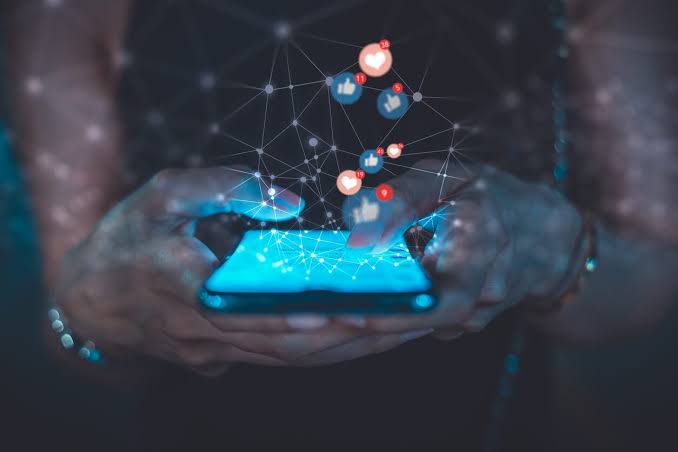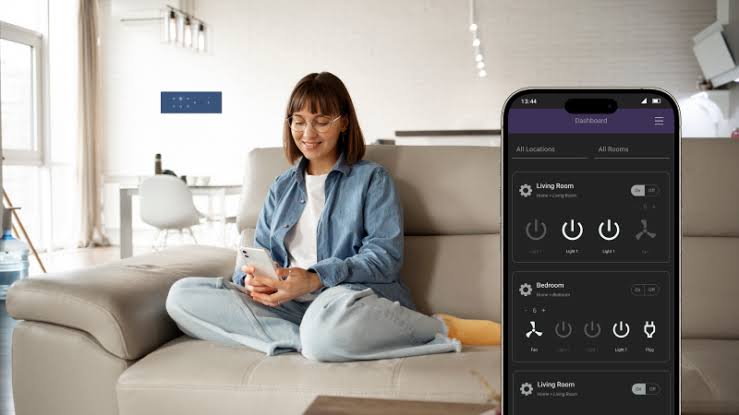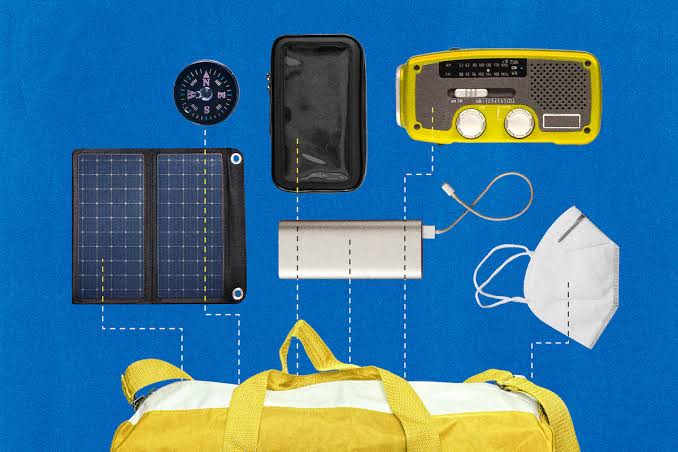The rise of modern gadgets has significantly transformed how people engage with social media. Smartphones, tablets, smartwatches, and other connected devices have made platforms like Instagram, TikTok, Facebook, and X (formerly Twitter) accessible at any time and from virtually anywhere. This constant connectivity has reshaped communication patterns, content creation, and even the way people perceive social interactions in the digital space.
Increased Accessibility and Convenience
One of the most notable effects of gadgets on social media usage is the ease of access they provide. With smartphones and tablets, users can log into their accounts, post updates, and interact with others within seconds.
Push notifications ensure that people remain updated on messages, comments, and trending topics in real time. This has contributed to a culture of instant response, where staying connected feels almost necessary.
The portability of gadgets allows social media to blend seamlessly into daily routines, whether during commutes, lunch breaks, or while multitasking.
Rise of Visual and Short-Form Content
Gadgets equipped with high-resolution cameras and editing tools have fueled the explosion of visual content on social media. Platforms now thrive on photos, videos, and short clips because creating and sharing them is easier than ever.
For example, smartphones enable users to capture professional-quality images and videos instantly, while built-in editing apps help enhance content before sharing. This has encouraged more personal storytelling and creative expression across various platforms.
Real-Time Sharing and Live Interaction
Advanced gadgets support live streaming and instant updates, which has made real-time engagement a major trend on social media. Users can broadcast events as they happen, interact with followers through live chats, and respond to feedback instantly.
This level of immediacy has changed the expectations of audiences, who now anticipate instant access to news, entertainment, and personal updates.
Increased Screen Time and Digital Dependence
While gadgets have enhanced social media engagement, they have also contributed to longer screen time. The convenience of constant access often leads to habitual checking of feeds, which can affect productivity and social interactions offline.
Digital dependence is becoming a common challenge, with people feeling compelled to stay updated even at the expense of real-world activities.
Influence on Trends and Consumer Behavior
Gadgets make it easier for social media users to discover and participate in viral trends. From participating in hashtag challenges to reacting to breaking news, the speed of interaction has increased significantly.
Social media algorithms often tailor content based on device usage patterns, making engagement more personalized but also more addictive. This influence extends to shopping habits, as mobile gadgets enable instant purchases directly through social media ads and links.
Impact on Communication Styles
The integration of gadgets into social media has shifted communication towards faster, more concise forms such as emojis, GIFs, and voice notes. Video calls and voice chats through social platforms are also becoming more common, reducing reliance on traditional text-based interaction.
These tools have made communication more dynamic but sometimes at the expense of deeper, more thoughtful conversations.
Conclusion
Gadgets have revolutionized social media usage by making it more accessible, engaging, and interactive. They have encouraged the rise of visual storytelling, real-time communication, and personalized content experiences. However, they have also contributed to challenges like digital dependence and reduced face-to-face interaction.



